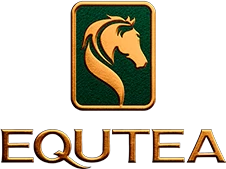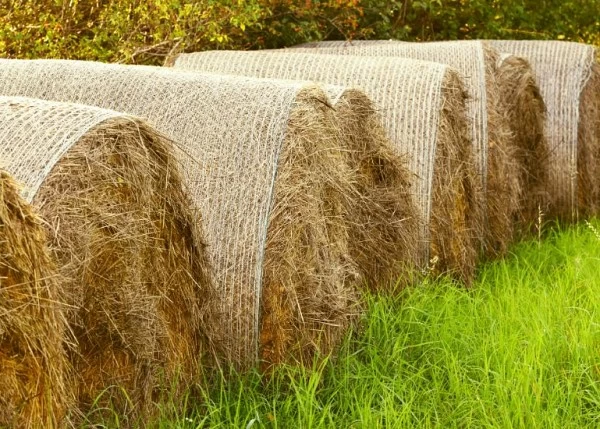COMPOSITION OF THE HORSE'S DIET (FORAGES)
04/04/2024
Grazed and/or conserved forages, natural or cultivated, and even some cultivated plant by-products and cereal straws, represent an essential part of the horse's diet. The ingestability (the amount that the animal can consume spontaneously) and digestibility (the proportion of forage that disappears in its digestive tract) of the forages available to horses influence the amount of energy they obtain from them.
Green forage (15-18% DM) can make up the horse's entire pasture ration, while preserved forage (hay and silage) is more frequently supplemented with concentrates.
Grass :
Among green fodder, grazed grass is an important feed resource for horses, who play an increasingly important role in occupying and preserving grassland areas. The botanical nature of the plants, their stage of development, harvesting techniques and conditions, the richness of the soil and the climate all play their part in producing wide variations in the ingestibility, digestibility and composition of grass.
Hay:
The nutritional value of green fodder is always higher than that of hay. This value decreases when haymaking conditions are unfavourable. Hay can be harvested on the ground or ventilated in a barn.
Silage:
Silage is a forage conservation solution. If finely chopped green fodder is stored in a silo under strictly anaerobic conditions, it is transformed into silage. This can be done with all types of forage, although some plant species (such as alfalfa) are more difficult to ensile. To be considered of good quality, the silage must have a minimum dry matter content of 30%.


